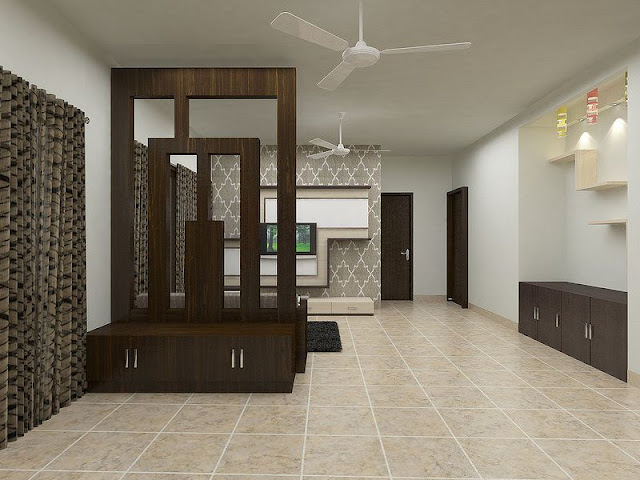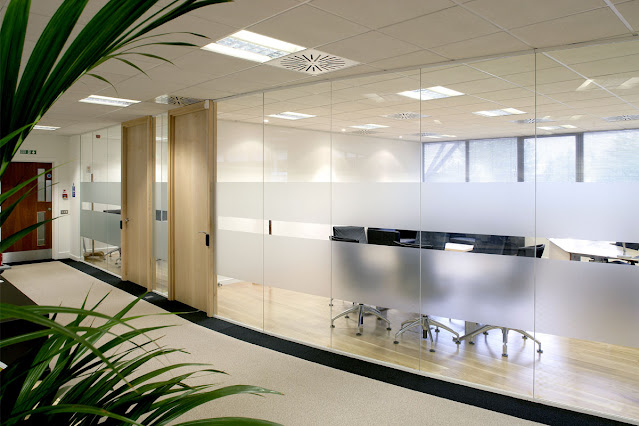Enhancing Space and Style with Wooden Partitions: A Versatile Design Element
Wooden partitions have long been favored as a versatile design element that can transform and optimize interior spaces. Whether you're looking to create separate zones, add privacy, or enhance the visual appeal of a room, wooden partitions offer a range of benefits. In this blog post, we'll explore the advantages of wooden partitions and how they can elevate the aesthetics and functionality of your living or working environment.
Distinctive Aesthetic Appeal
Wooden partitions add a touch of warmth, elegance, and natural beauty to any space. The natural grains and textures of wood create a visually appealing focal point that can enhance the overall ambiance of a room. With a wide variety of wood species and finishes available, wooden partitions can be customized to match any interior style, from rustic and traditional to modern and contemporary. Whether you prefer the richness of mahogany, the simplicity of pine, or the sleekness of oak, wooden partitions offer a timeless charm that complements various design aesthetics.
Flexible Space Division
One of the primary advantages of wooden partitions is their ability to divide open spaces and create distinct zones within a room. Whether in homes, offices, or commercial establishments, wooden partitions can be used to separate different functional areas while maintaining an open and airy atmosphere. For example, in an open-plan living room, a wooden partition can delineate the dining area from the living area, providing a sense of privacy and intimacy without sacrificing the open concept. This flexibility allows you to adapt the space to your specific needs, whether it's for entertaining, work, or relaxation.
Wooden partitions offer a practical solution for privacy needs in shared spaces. In office environments, they can be used to create individual workstations or private meeting areas, providing employees with a sense of seclusion and focus. In residential settings, wooden partitions can divide bedrooms or create cozy reading corners, offering a retreat from the rest of the home. Additionally, wooden partitions have the added benefit of sound control, helping to reduce noise transmission between spaces and creating a quieter and more peaceful environment.
Natural Light and Ventilation
Contrary to solid walls, wooden partitions allow natural light to permeate through the space, creating a sense of openness and brightness. This is especially beneficial in rooms with limited access to natural light, as wooden partitions help distribute light more evenly throughout the space. Moreover, wooden partitions can be designed with slats or perforations that allow for airflow, improving ventilation and maintaining a comfortable indoor environment. This combination of natural light and airflow contributes to the overall well-being and comfort of the occupants.
Storage and Display Opportunities
Wooden partitions can also serve dual purposes by incorporating storage or display features. Integrated shelves or cubbies can be included within the design of the wooden partition, providing a functional and aesthetically pleasing solution for organizing and showcasing items. From books and decor pieces to plants and artwork, these partitions offer an opportunity to personalize the space and add a personalized touch.
In conclusion, wooden partitions offer a multitude of benefits, ranging from their distinctive aesthetic appeal to their ability to divide spaces, provide privacy, control sound, enhance natural light, and create storage opportunities. Whether you're seeking to optimize a living area, establish separate workspaces, or add a touch of elegance to your interior, wooden partitions serve as a versatile design element that can transform and elevate any space. With their timeless beauty and functional advantages, wooden partitions are an excellent choice for enhancing both the aesthetics and functionality of your living or working environment.



Comments
Post a Comment